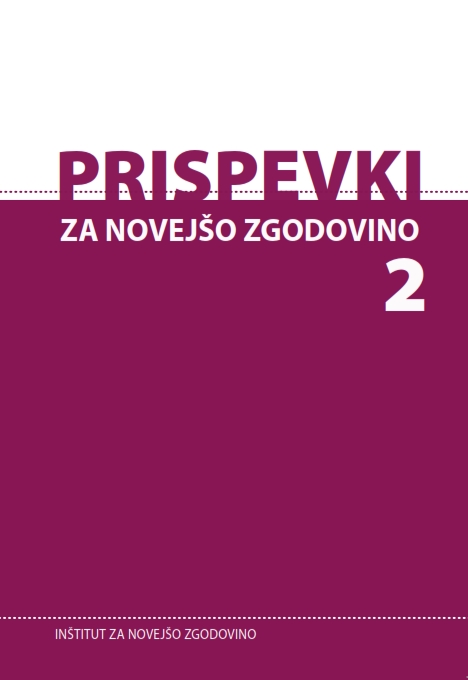Gluhonemnica v Ljubljani v prizadevanjih za razširitev zavoda v obdobju med obema vojnama
The Efforts to Expand the Deaf-Mute Institute in Ljubljana in the Interwar Period
Author(s): Dunja DobajaSubject(s): Education, Social history, History of Education, Social differentiation, Family and social welfare, Interwar Period (1920 - 1939)
Published by: Inštitut za novejšo zgodovino
Keywords: deaf-mute institute; deaf-mute people; children; expansion; interwar period;
Summary/Abstract: The following contribution focuses on the issue of limited spatial capacities of the deaf-mute institute in Ljubljana in the interwar period. The institute opened its door in 1900 on what is today the Zaloška cesta street and was intended for only 50 to 60 children. The numbers gradually grew and in the school year 1939/40 already increased to 136 children. The deaf-mute institute had to reject more than a half of the enrolled children each year. Meanwhile, the capacities for the deaf-mute children with more severe learning difficulties were completely non-existent. Therefore the care for those children depended on the municipalities and their parents. This situation motivated the deaf-mute institute of Ljubljana to engage in intensive efforts for the expansion of the institute. The issue of the deaf-mute institute was regularly included in the annual budgetary considerations at the meetings of the Ljubljana Administrative Unit Committee and the Ban’s Council. The issue was not resolved until the very brink of World War II, yet failed to be implemented in practice due to the occupation of Slovenia.
Journal: Prispevki za novejšo zgodovino (before 1960: Prispevki za zgodovino delavskega gibanja)
- Issue Year: 57/2017
- Issue No: 2
- Page Range: 74-90
- Page Count: 17
- Language: Slovenian

